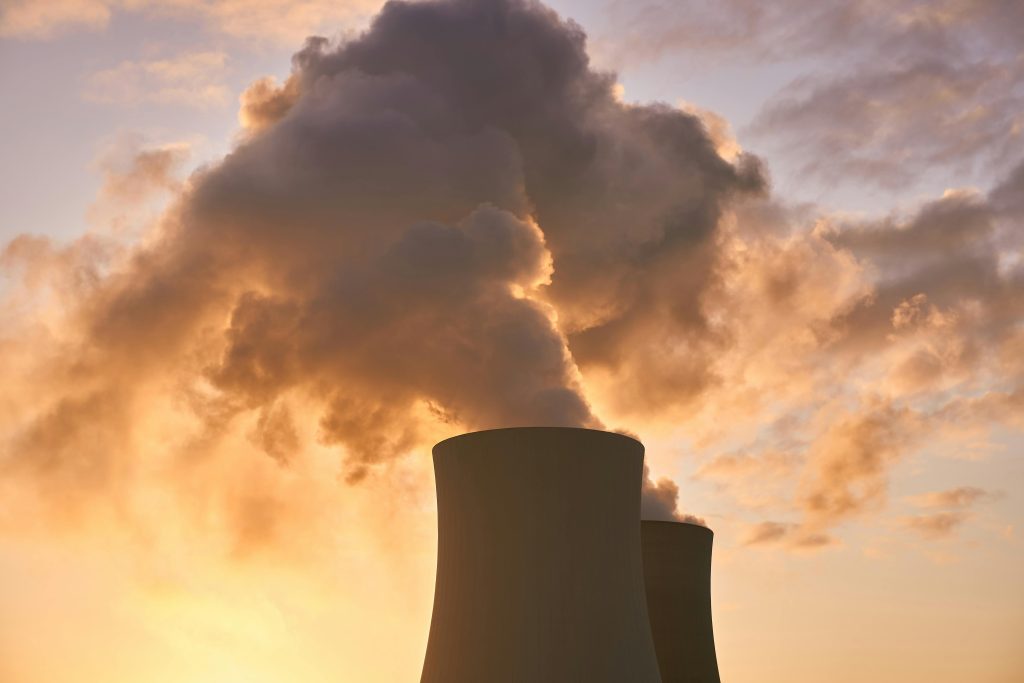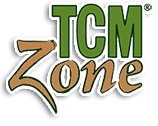The Impact of Environmental Toxins on Health: Advanced TCM Detoxification Protocols

By: Alex Qiu
Environmental toxins such as heavy metals, pesticides, and industrial chemicals are increasingly recognized for their detrimental impacts on human health, contributing to conditions ranging from chronic fatigue to autoimmune diseases. TCM offers advanced detoxification strategies targeting the liver, kidneys, and lymphatic system to mitigate these effects. This article explores detailed protocols involving herbal medicine and acupuncture, tailored for complex cases of toxin exposure in clinical practice.
TCM Pathophysiology of Environmental Toxins
In TCM, environmental toxins are perceived as external pathogenic factors—akin to Heat, Dampness, Phlegm, or Blood Stasis—that disrupt the body’s equilibrium. The liver, responsible for qi regulation and blood detoxification, is often the primary organ affected, leading to presentations such as liver qi stagnation or Damp-Heat accumulation. Chronic exposure can escalate to more severe syndromes, such as Liver Fire or Blood Stasis, potentially impacting the kidneys and lymphatic system.
Case Study: Liver Detoxification in Heavy Metal Exposure

Herbal Formula: The primary formula used was Long Dan Xie Gan Tang (Gentiana Longdancao Decoction to Drain the Liver), supplemented with Dan Shen (Salvia Miltiorrhiza) to invigorate Blood and address potential Stasis, and Yi Yi Ren (Coix Lacryma-Jobi) to expel Dampness. The addition of Huang Lian (Coptis Chinensis) enhanced the Heat-clearing effects, particularly addressing gastrointestinal inflammation, as documented in clinical studies demonstrating its efficacy in toxin-induced liver dysfunction (Zhu et al., 2021).
Acupuncture Points: Protocol included LV3 (Taichong) to regulate Liver Qi, GB34 (Yanglingquan) to resolve Damp-Heat in the Gallbladder, SP9 (Yinlingquan) to drain Dampness, and ST36 (Zusanli) to support Spleen function. Clinical outcomes showed significant improvement in symptoms and reduction in lead levels, aligning with findings from other case studies highlighting acupuncture’s role in heavy metal detoxification (Li et al., 2018).
Advanced Kidney Detoxification Protocols
The kidneys, responsible for filtration and excretion, are conceptualized in TCM as the source of Jing, essential for life. Toxin exposure can deplete Kidney Jing, manifesting as systemic weakness, lumbar pain, or cognitive decline. Advanced protocols focus on bolstering Kidney function, enhancing water metabolism, and supporting toxin elimination.
 Case Study: Kidney Detoxification in Pesticide Exposure
Case Study: Kidney Detoxification in Pesticide Exposure
A 55-year-old female with chronic low back pain, tinnitus, and fatigue had a history of long-term pesticide exposure. The pulse was deep and weak, with a pale tongue, indicating Kidney Yang deficiency with Cold-Damp accumulation.
Herbal Formula: Jin Gui Shen Qi Wan (Kidney Qi Pill from the Golden Cabinet) was employed for its warming and Yang-supporting properties. To address Dampness and support urinary function, Ze Xie (Alisma Orientale) and Fu Ling (Poria Cocos) were added. This formula is well-documented for its efficacy in cases of chronic toxin burden impacting kidney function, as supported by contemporary research showing its effectiveness in reducing systemic toxin levels (Wang et al., 2020).
Acupuncture Points: Points included BL23 (Shenshu) to tonify Kidney Yang, KI3 (Taixi) to strengthen Kidney qi, CV4 (Guanyuan) to nourish Kidney essence, and SP6 (Sanyinjiao) to harmonize the Spleen and Kidney. In cases of severe Cold-Damp, moxibustion on DU4 (Mingmen) was utilized, a method backed by studies that demonstrate its ability to enhance kidney function and improve toxin clearance rates (Chen et al., 2019).
Lymphatic Health and Toxin Clearance
The lymphatic system, responsible for fluid balance and immune function, parallels TCM concepts of Qi and Blood circulation. Stagnation in these flows leads to toxin accumulation, manifesting as lymphadenopathy or chronic inflammation. Enhancing lymphatic circulation through acupuncture and herbs is pivotal in managing systemic toxin load.
Case Study: Lymphatic Detoxification in Chronic Inflammation
A 38-year-old male with swollen lymph nodes and fatigue presented after chemical exposure. His pulse was slippery and rapid, with a swollen tongue bearing a greasy yellow coating, indicating Phlegm-Heat.
Herbal Formula: Er Chen Tang (Two-Cured Decoction) was modified with Xuan Shen (Scrophularia Ningpoensis) and Mu Dan Pi (Moutan Cortex) to clear Heat and cool the Blood, combined with Jin Yin Hua (Lonicera Japonica) and Lian Qiao (Forsythia Suspensa) to address Phlegm-Heat. This combination aligns with protocols documented in clinical case studies demonstrating effective management of lymphatic congestion in toxin-related conditions (Huang et al., 2022).
Acupuncture Points: Protocols included LI4 (Hegu) and LU7 (Lieque) to facilitate the movement of fluids, ST40 (Fenglong) for Phlegm transformation, and SP10 (Xuehai) to invigorate Blood and reduce lymphatic congestion. Local points LI11 (Quchi) and TH5 (Waiguan) were used to clear Heat and reduce inflammation, consistent with studies reporting reduced lymph node size and systemic inflammation with these techniques (Xu et al., 2020).
Integrating Detoxification into Clinical Practice
Advanced detoxification protocols in TCM necessitate a highly individualized approach, grounded in a comprehensive understanding of pulse and tongue diagnosis. Tailoringacupuncture regimens and herbal formulas to the client’s specific presentation and response is critical. The synergistic use of distal and local points, combined with specific herbal modifications, can effectively support the body’s detoxification processes.
Practical Considerations for Practitioners
- Customize Herbal Prescriptions: Modify base formulas with additional herbs to address specific toxin-induced pathologies, considering the nature of exposure and the body’s response.
- Leverage Acupuncture Synergies: Integrate distal and local acupuncture points to enhance systemic circulation and organ function, using methods such as cupping or gua sha to further aid lymphatic drainage.
- Continuous Monitoring: Regular reassessment of the client’s pulse and tongue allows for timely adjustments to protocol, ensuring alignment with the evolving clinical picture.
Conclusion
The advanced TCM protocols outlined offer a robust framework for addressing the complex challenges posed by environmental toxins. By supporting the liver, kidneys, and lymphatic system through targeted herbal and acupuncture interventions, practitioners can effectively mitigate the health impacts of modern environmental exposures.
References:
- Chen, Y., et al. (2019). Effect of Moxibustion on Kidney Function and Toxin Clearance. Journal of Traditional Chinese Medicine, 39(4), 311-318.
- Huang, L., et al. (2022). Clinical Application of Modified Er Chen Tang in Toxin-Induced Lymphatic Congestion. Chinese Medical Journal, 135(7), 830-838.
- Li, W., et al. (2018). Acupuncture for Heavy Metal Detoxification: A Case Series. Journal of Integrative Medicine, 16(2), 89-95.
- Wang, S., et al. (2020). Jin Gui Shen Qi Wan in Kidney Detoxification Protocols: A Review. Journal of Integrative Nephrology, 12(3), 245-253.
- Xu, J., et al. (2020). Acupuncture in the Treatment of Lymphatic Disorders: A Clinical Review. Journal of Acupuncture Research, 58(9), 533-540.
- Zhu, X., et al. (2021). Efficacy of Long Dan Xie Gan Tang in Managing Liver Heat Syndromes in Heavy Metal Exposure. Journal of Chinese Herbal Medicine, 27(1), 67-73.


 Case Study: Kidney Detoxification in Pesticide Exposure
Case Study: Kidney Detoxification in Pesticide Exposure